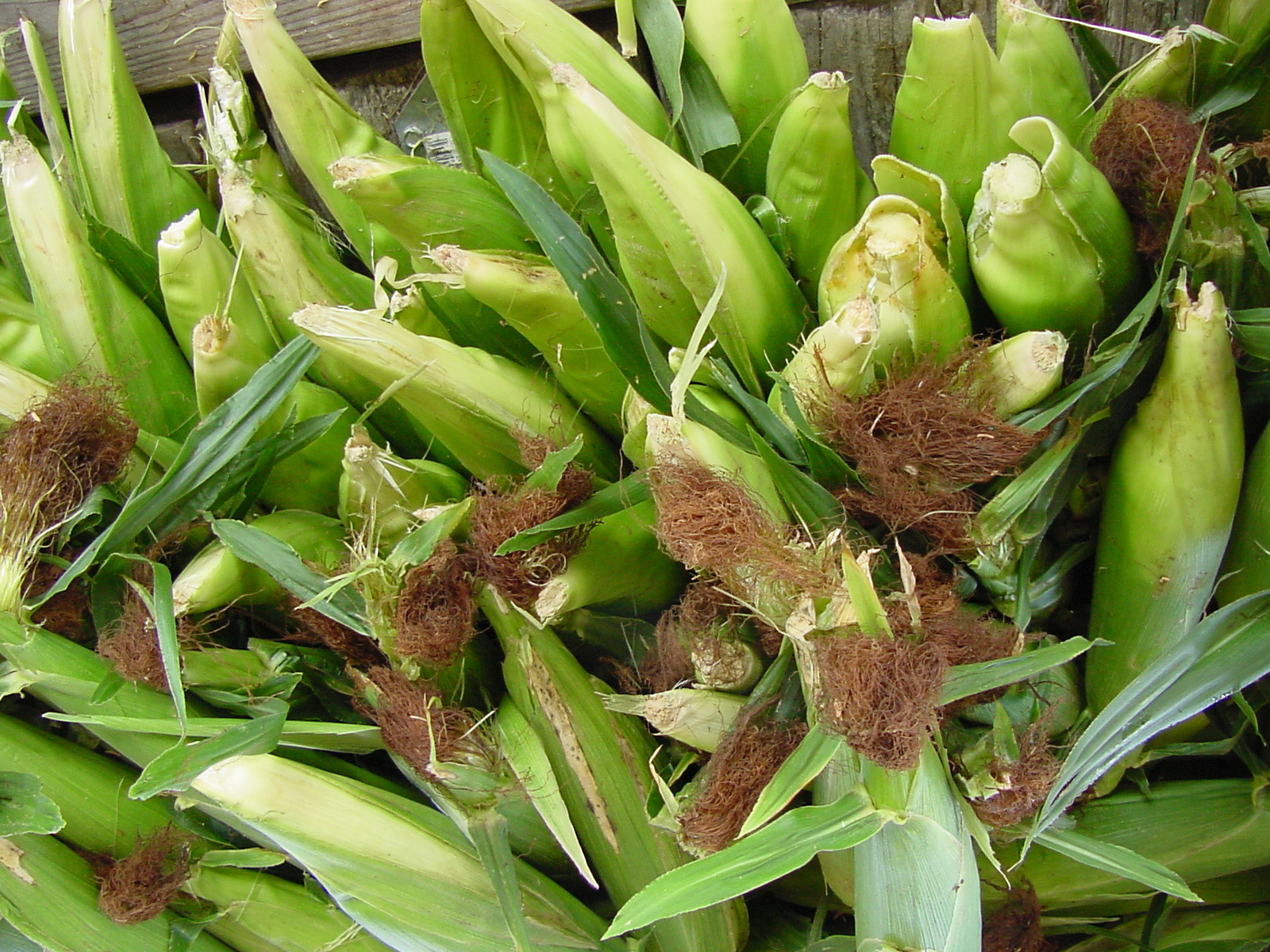
2 minute read
The Importance of Agriculture to the History and Economy of Northeast NC and the Entire State
Al Wood, Agriculture Extension Agent, Pasquotank County
As the leader of one of Sir Walter Raleigh’s expeditions to Roanoke, Ralph Lane in 1585 described the coastal region of North Carolina as “goodliest soyle under the Cope of Heaven”. Lane goes on to describe plants found growing such as grapes, various trees and their products, maize, etc. Even today the rich natural resources including productive soils, an abundance of water and favorable climate makes agriculture the leading industry in northeast North Carolina as well as the entire state.
In 2017, total cash receipts for farming for North Carolina was $11.4 billion with two-thirds generated by livestock, dairy, and poultry and one-third by crops. Nationally, North Carolina ranks first for flue-cured tobacco, and sweet potatoes, second for hogs, and turkey, third for cucumbers and fresh market strawberries, and fourth for broilers.
For Camden, Chowan, Currituck, Gates, Pasquotank and Perquimans counties, total ag cash receipts for 2017 were $337.2 million. Among the agricultural commodities grown are corn, soybean, wheat, cotton, peanut and chicken.
An important aspect of the ag industry of northeast North Carolina is much of the money stays in the local economy contributing to the economic wellbeing of businesses, landowners, and farmers. Agriculture also provides beautiful landscapes for all to enjoy throughout the year with the green fields of corn and soybean in the spring, tan fields of wheat swaying in the summer and fields of cotton in the fall resembling snowy landscapes.
Since settlers first came from the Old World to what we know today as North Carolina, history continues to be made in agriculture. Historical records report the first soybean grown in North Carolina was on the Hollowell Farm outside of Elizabeth City near the Coast Guard base. Also, the first commercial processing of domestically grown soybean in the United States took place in Elizabeth City in 1915 as attested to by the historical placard located on Ehringhaus Street near Water Street.










